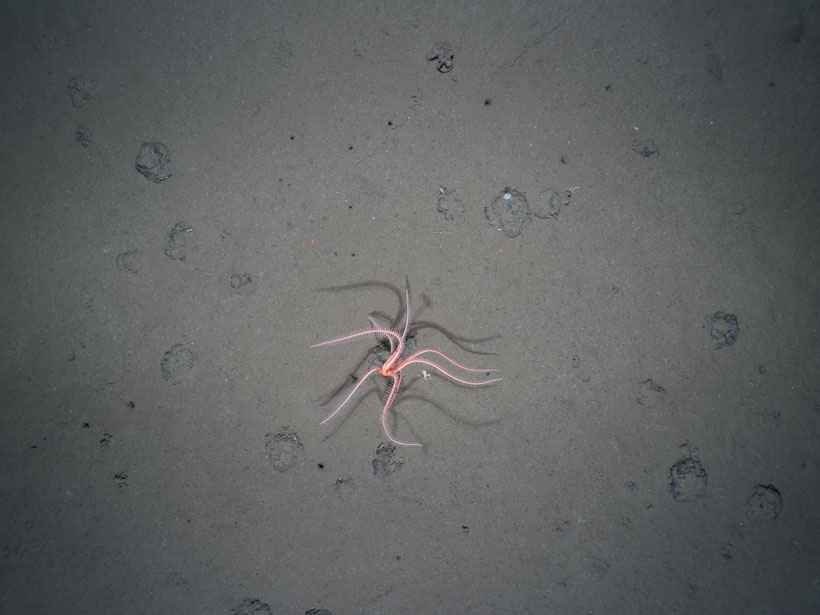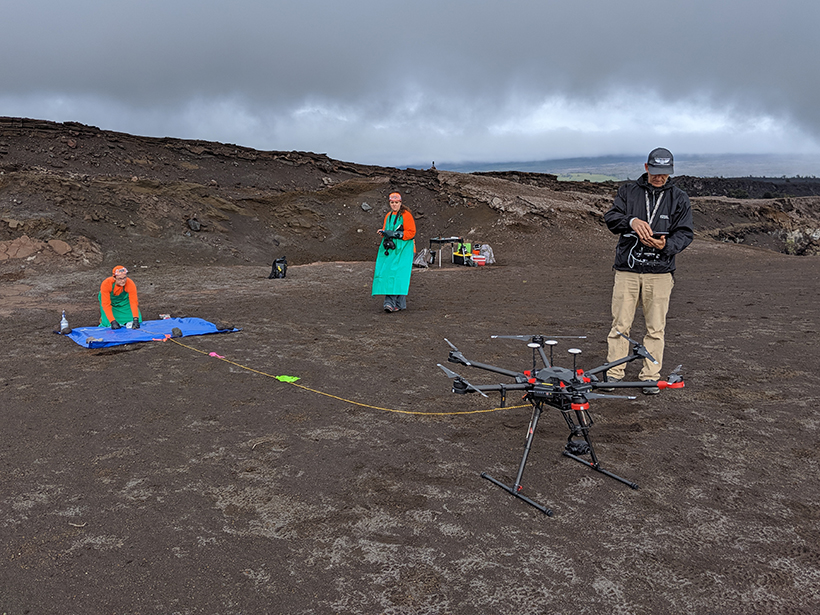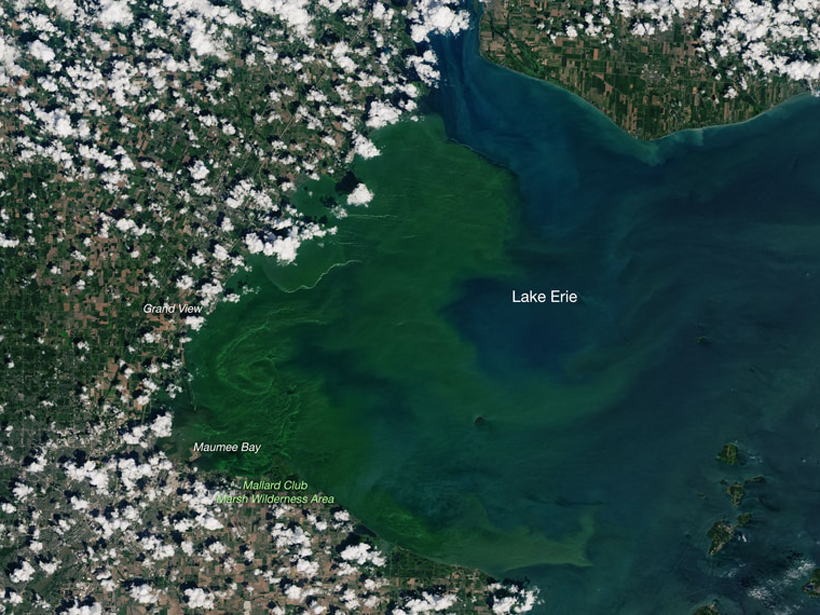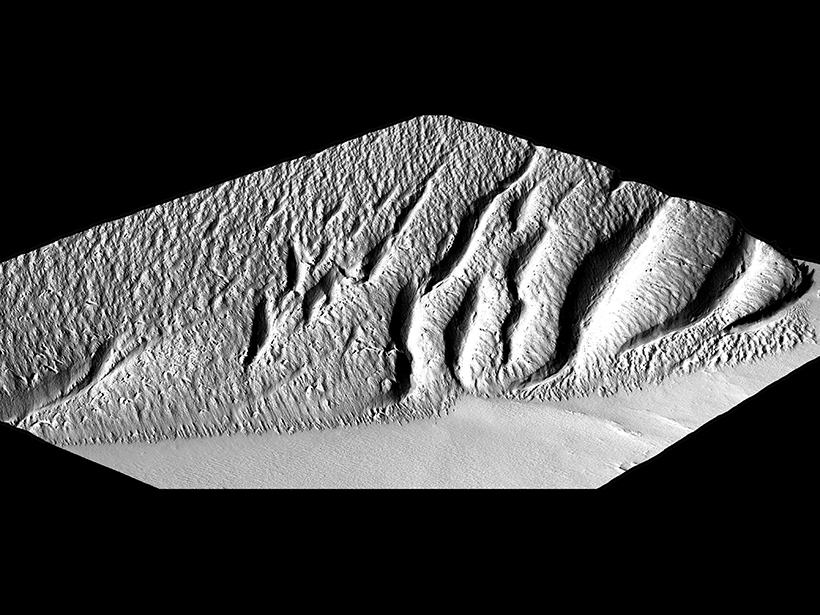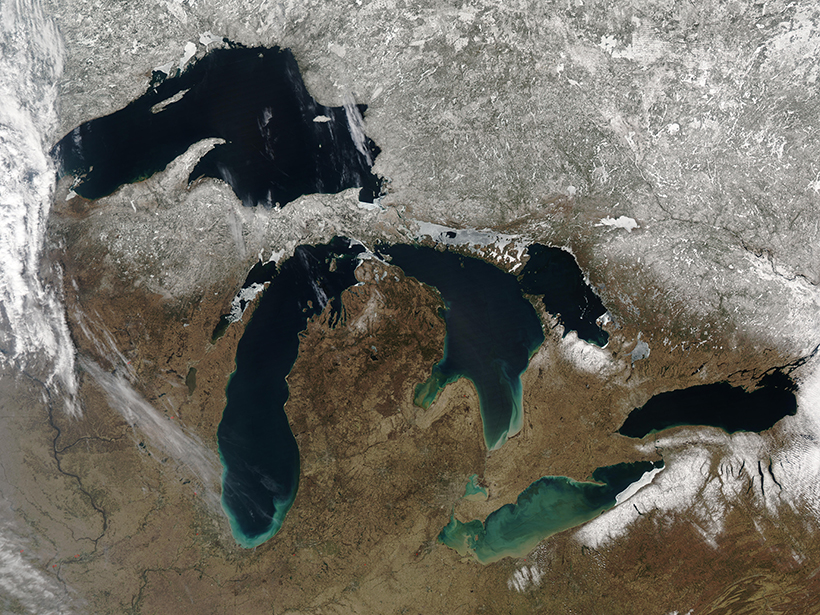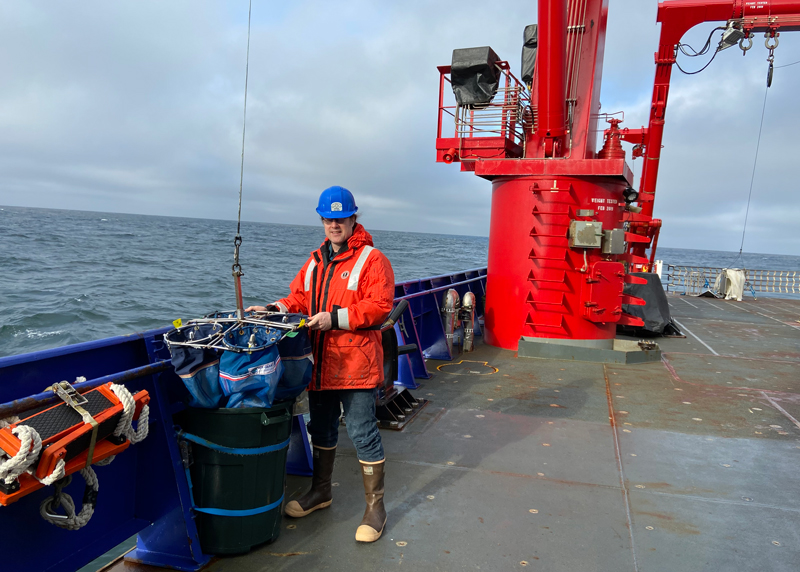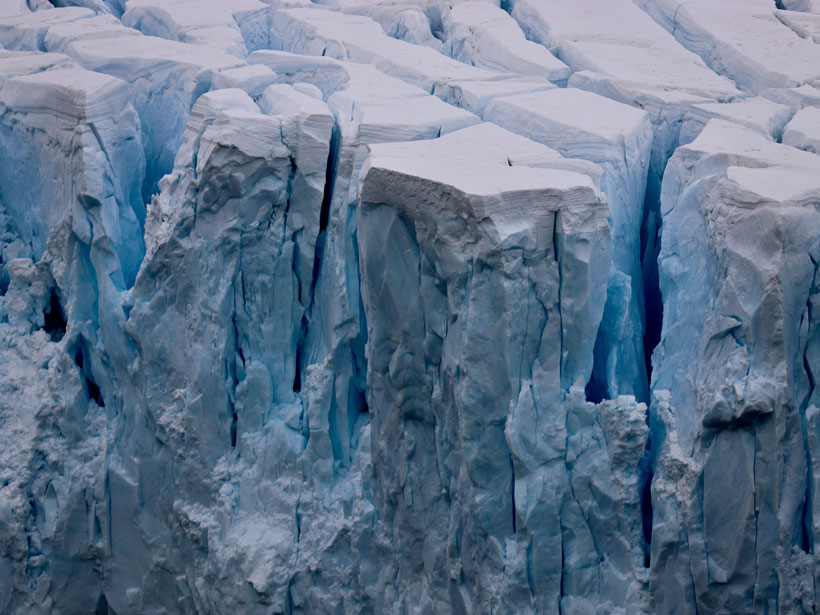Nancy Grace Roman’s namesake telescope will search for distant worlds and the earliest galaxies.
News
The Long-Lasting Legacy of Deep-Sea Mining
New research reveals a deep-sea mining experiment that took place 26 years ago still has significant and persistent impacts on benthic life.
NSF Plots a Course for the Next Decade of Earth Sciences Research
Committee members who put together the new report Earth in Time describe this as an “all hands on deck” moment for the field.
Cold Cuts: Glaciers Sculpt Steep Peaks
In environments raked by glaciers, tall peaks like Denali still survive, held up by surprisingly thin crust.
AquaSat Gives Water Quality Researchers New Eyes in the Sky
A new data set combining sample data and remote sensing could give scientists the power to make accurate predictions at a global scale.
Scientists Float a New Theory on the Medusae Fossae Formation
Pumice-like rafts of lightweight material could have carried volcanic debris across an ancient Martian ocean to build one of the most puzzling features on the Red Planet.
A Plate Boundary Emerges Between India and Australia
Bathymetric and seismic data point to a new plate boundary in a fracture-riddled zone beneath the northern Indian Ocean.
Long Live the Laurentian Great Lakes
Living in Geologic Time: Billion-year-old rifting events set the stage for Earth’s greatest lakes.
This Week: Social Distancing at Sea, Climate Migration on Land
What Earth and space science stories are we recommending this week?
Shrinking Ice Sheets Lifted Global Sea Level 14 Millimeters
Researchers measure both grounded and floating ice sheets using satellite data spanning a 16-year period.


